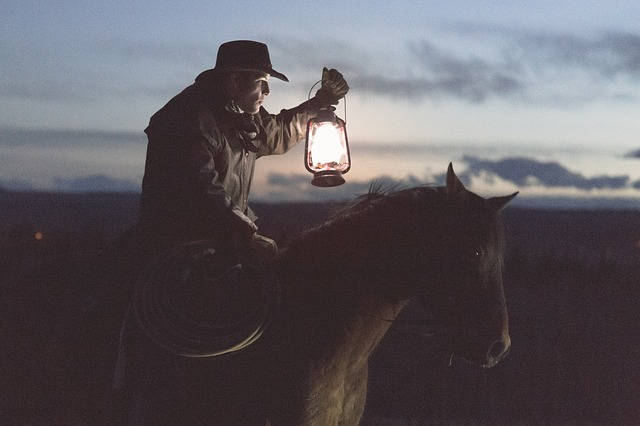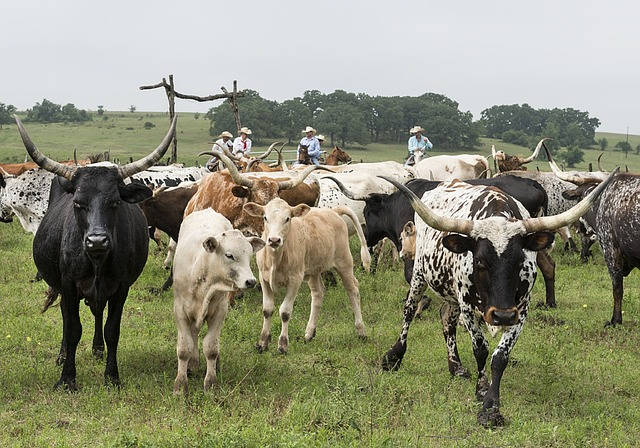American Cowboy: Seldom Known Facts About Them Revealed
The glory days of the American cowboy actually begun in 1866, after the end of the Civil War. War had depleted the food supply, beef in particular, up North. Texan ranchers saw this as an opportunity to market their steer at a great profit. Their cattle, worth $4 each, can be sold in the North for $40 a head. Since millions of steer run wild in Texas at that time, ranchers hired cowboys to round up and drive the cattle up North.
Thus began the legendary cattle drives that marked the golden age of the cowboy. Hired men drove millions of longhorn cattle to the hungry buyers in the North. Many of these hired cow pokes registered their occupation in the 1880 U.S. Census as “cowboy.”
While volumes of cowboy lore have been derived from western novels as well as John Wayne and Audie Murphy films, many facts have remained hidden, until now.
Here are some facts about the American cowboy that you probably didn’t know about.
Many American cowboys were Civil War veterans
Many men who worked as cowboys actually fought in the Civil War. These ex-soldiers who came from the North and the South, as well as European immigrants, American Indians, Mexicans and freed slaves, were out of jobs when the war ended. To support themselves and their family, they joined the cattle drive to learn the cowboy’s trade.
Limited travel distance for cattle
Cattle are only allowed to travel about 15 miles each day. This limited daily travel distance ensures that the cattle don’t get too thin during transport and reach the market with enough weight to turn a profit. A cattle herd of 3,000 can be driven by 8 to 12 experienced cowboys, headed by a trail boss.
The importance of a camp cook
A camp cook is an indispensable part of each cattle drive. Usually referred to as “cookie”, the camp cook could well be considered the most important personality in the camp. No matter the weather or trail condition, the camp cook sees to it that the cattle drivers are kept happily fed with three square meals a day. The cook also doubles as a navigator. He notes the position of the North Star every night and points the chuck wagon’s tongue in that direction. The next morning, the drive would then know which way to travel that day.
Going for weeks without a change of clothing
Cowboys generally go on for weeks without changing their clothes. They wear chaps that go over their jeans that provide added protection to their legs as their horses pass through thorny brushes and cactuses. Their Stetson hats have wide rims to shade their eyes from the blinding glare of the sun. Their hat also serves as a water holder for them and their horses to drink in. They can pull up the bandanna tied around their neck to cover their mouth and nose on the dusty trail.
Putting the cows to sleep

The decline in demand for cowboy work
In the mid-1900’s, work for the American cowboy soon become more scarce as the large scale cattle drives became few and far between. Many cowboys settled for work in the privately-owned ranches that were mushrooming in the West. Near the end of the century, far-reaching urbanization and the changing way food was produced and distributed affected the life of many cowboys, ranchers, and farmers. To keep up with the difficult times, many of them were forced to sell their lands or change line of work, or else go bankrupt.
Is the American cowboy culture disappearing in the U.S.?
Read more about the modern cowboy culture and lifestyle here.


Great overview of the American Cowboy. I didn’t realize that the genre actually started at the end of the War between the States, but it makes perfect sense. I’ve done Civil War reenacting for 15 years or so and am just acquiring the accruitaments (sp) for SASS training. Got tired of being strapped into a corset all day and night. I look forward to having a fantastic time.